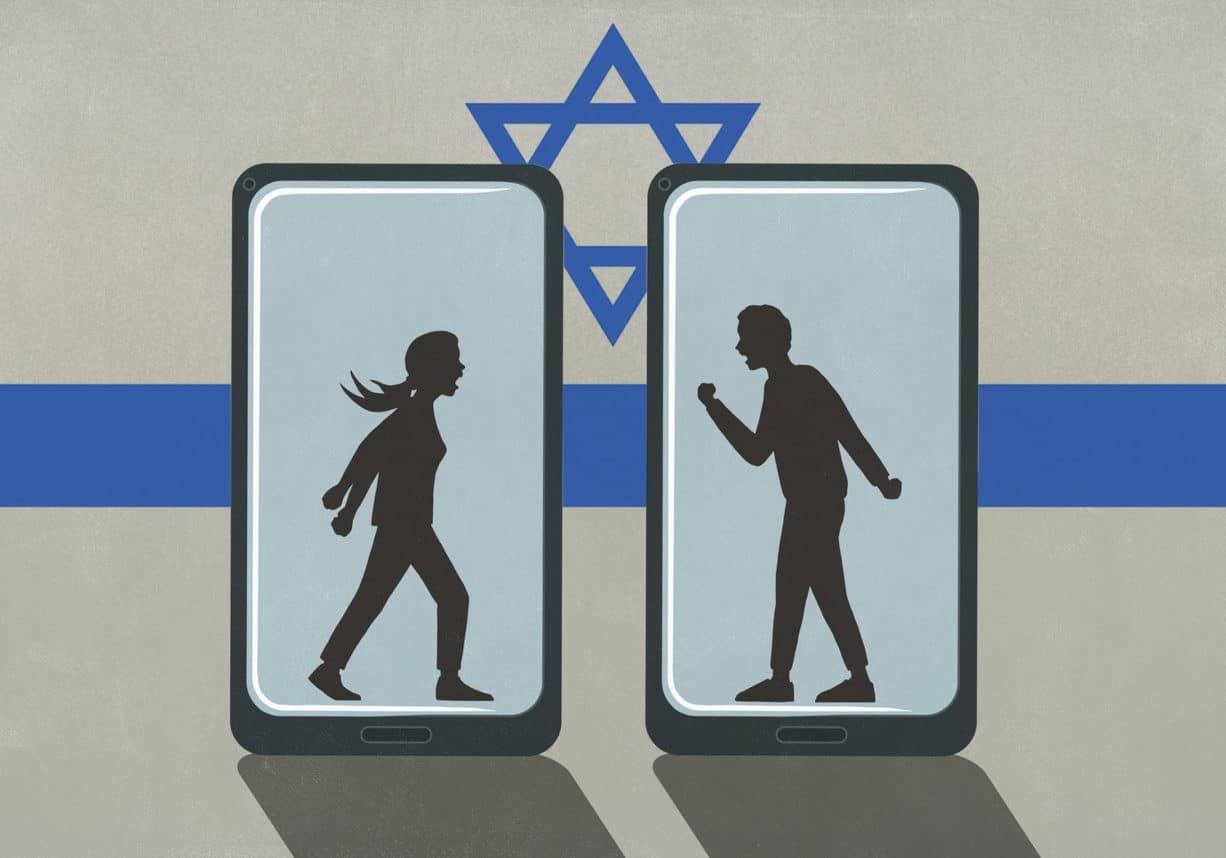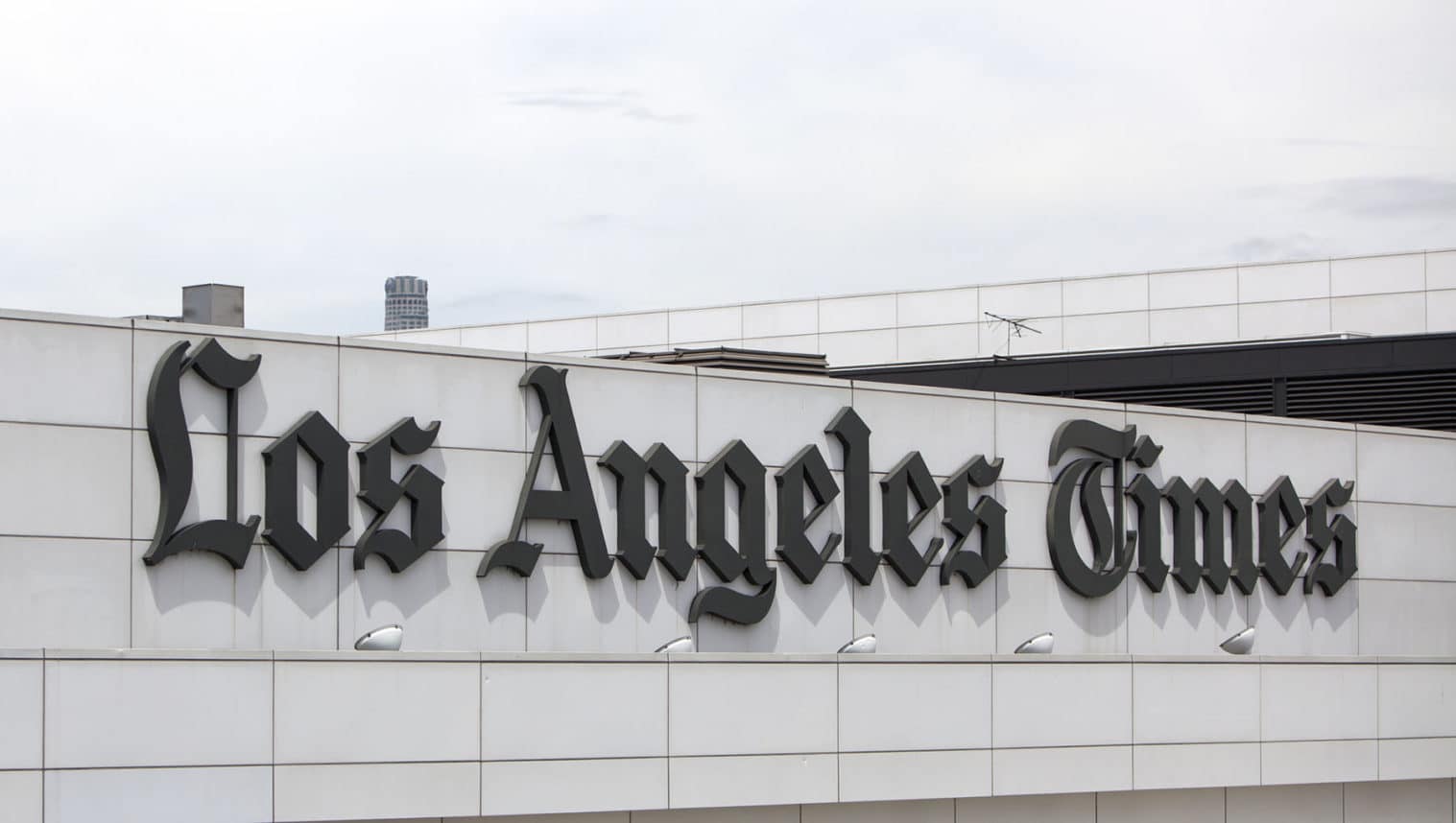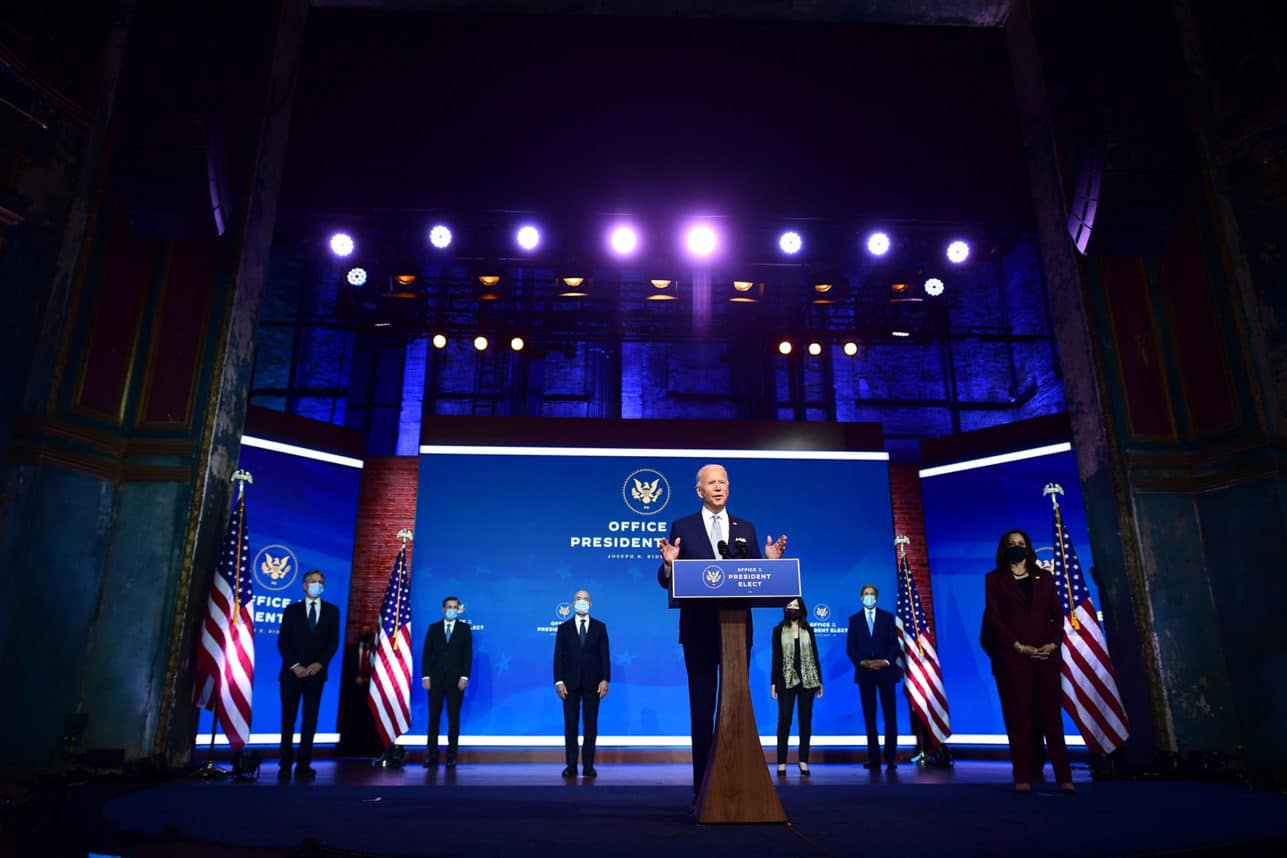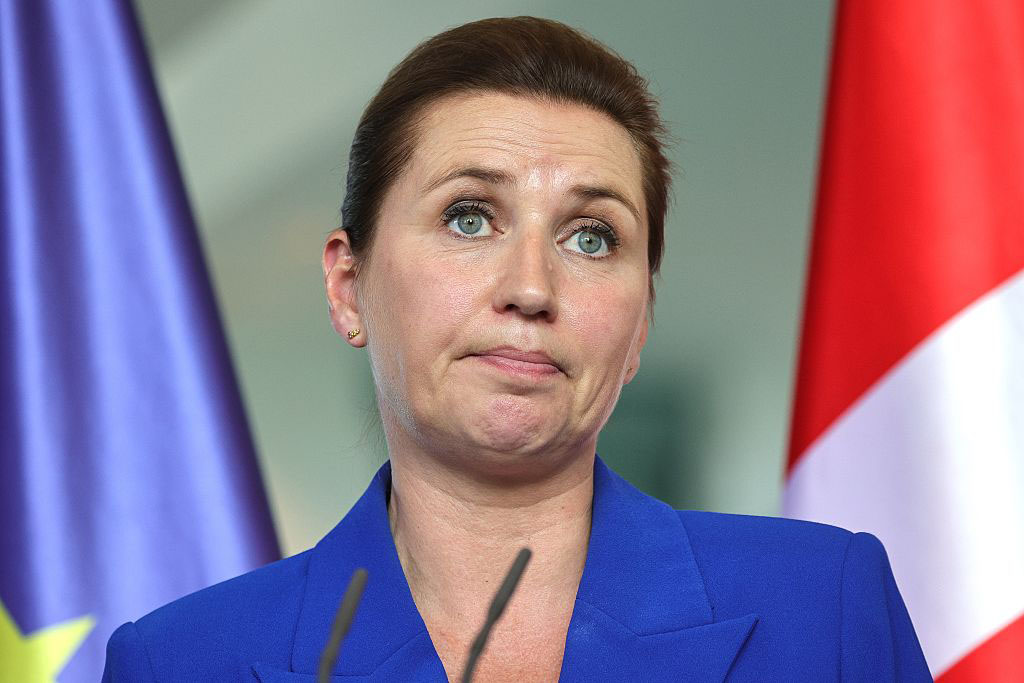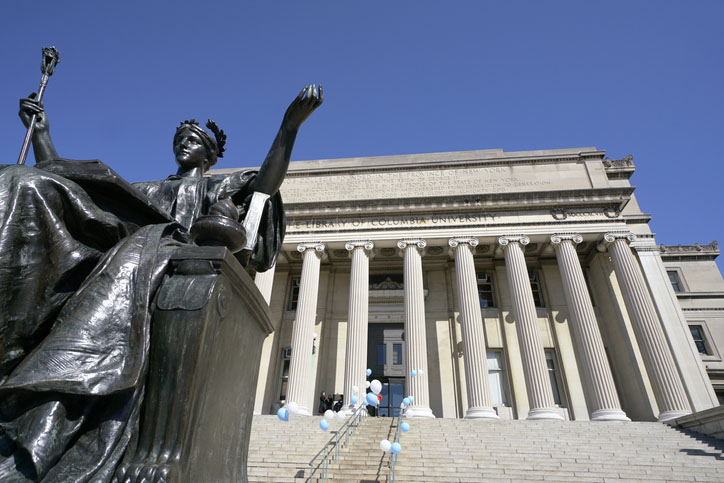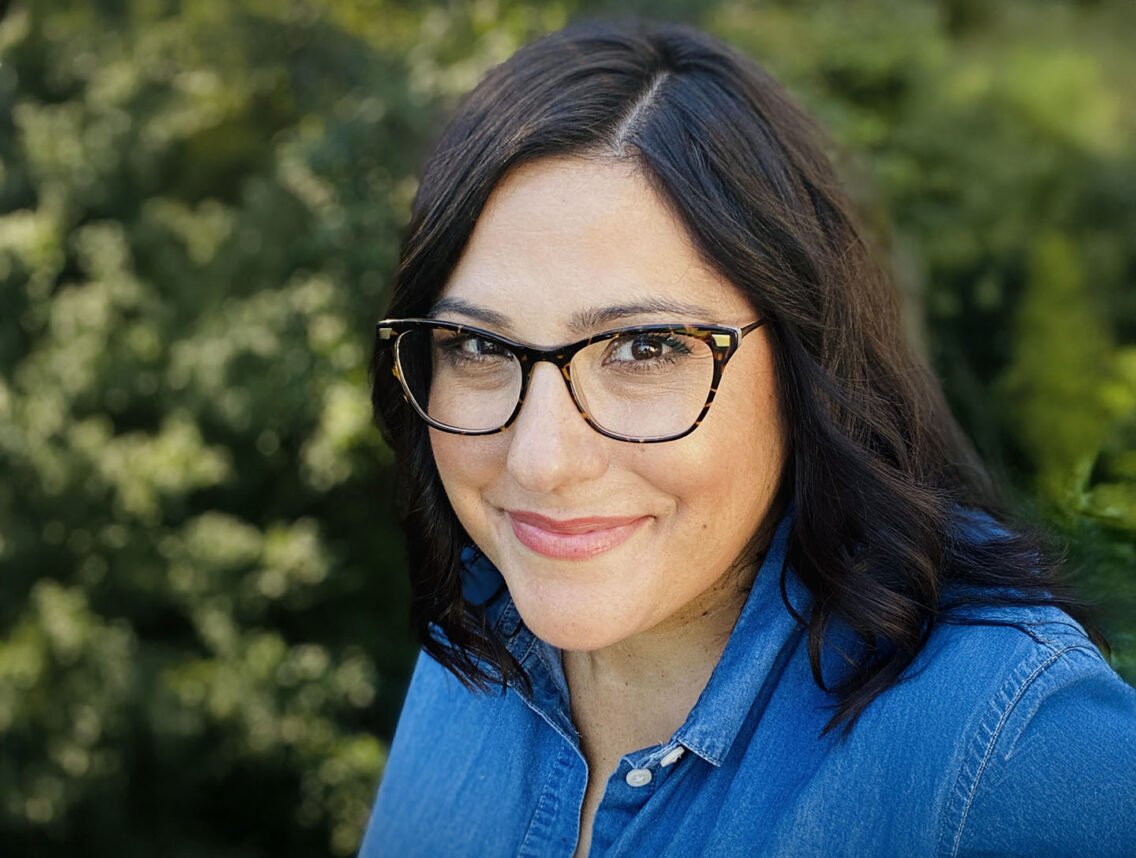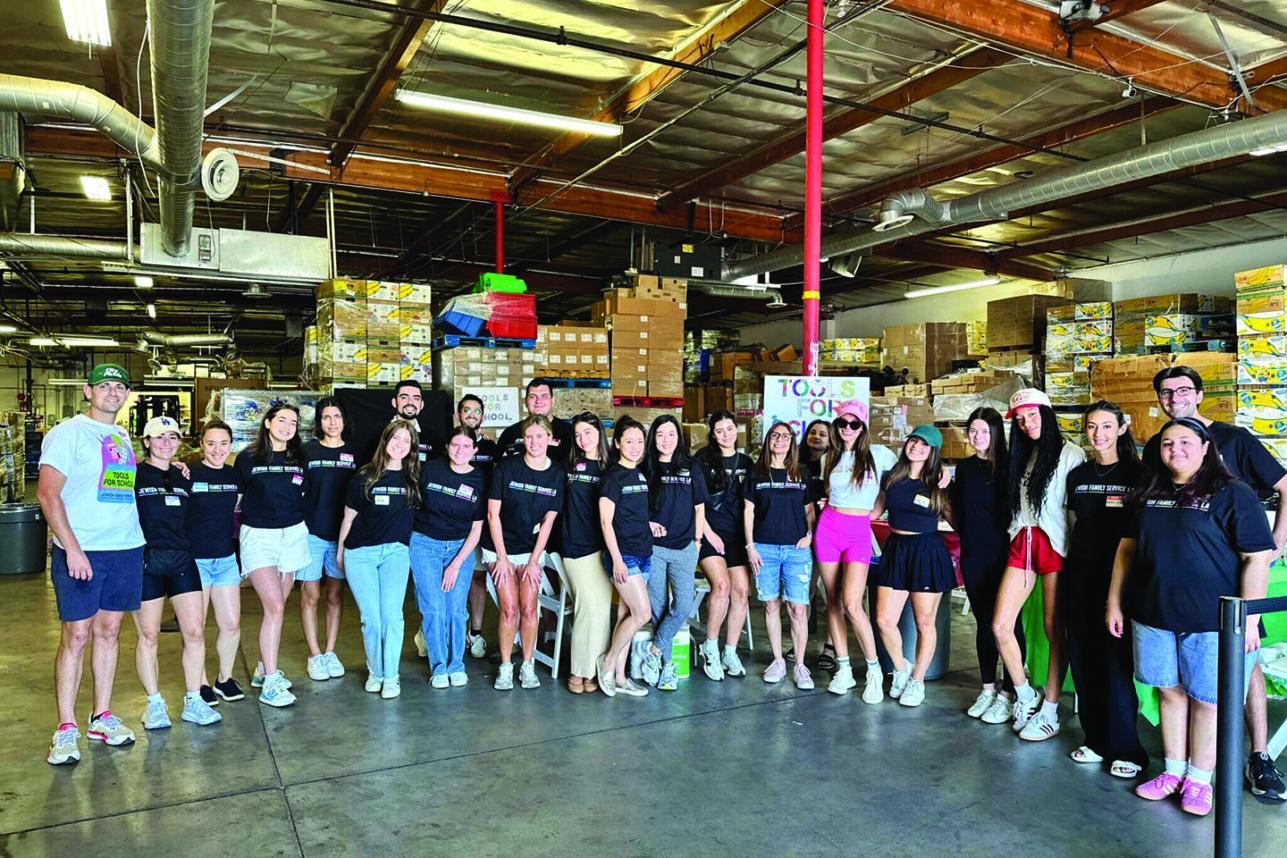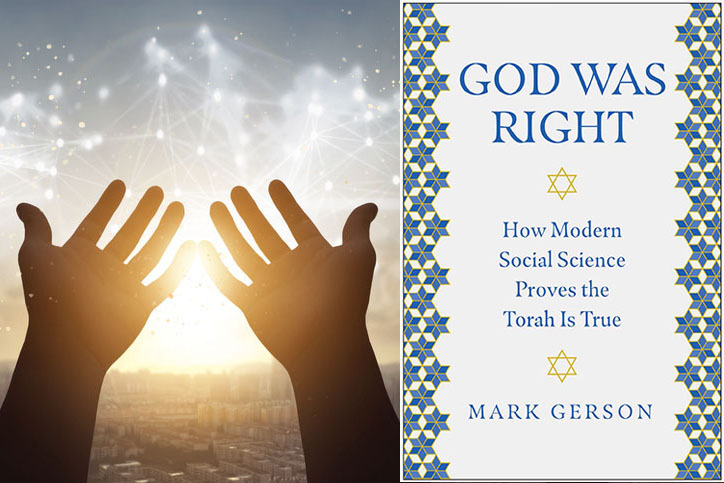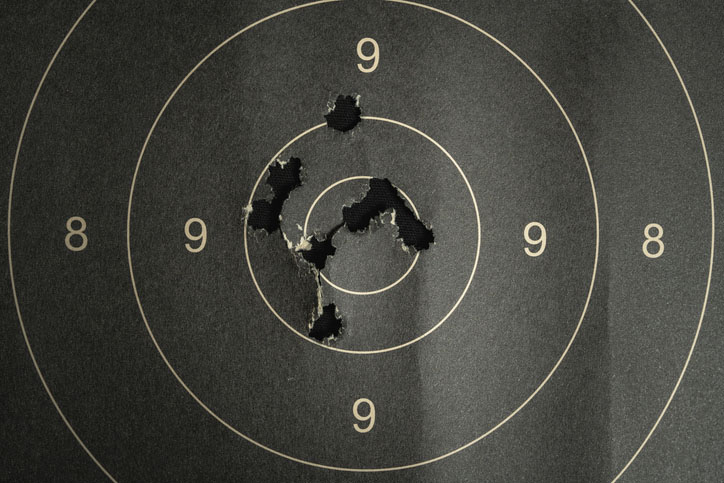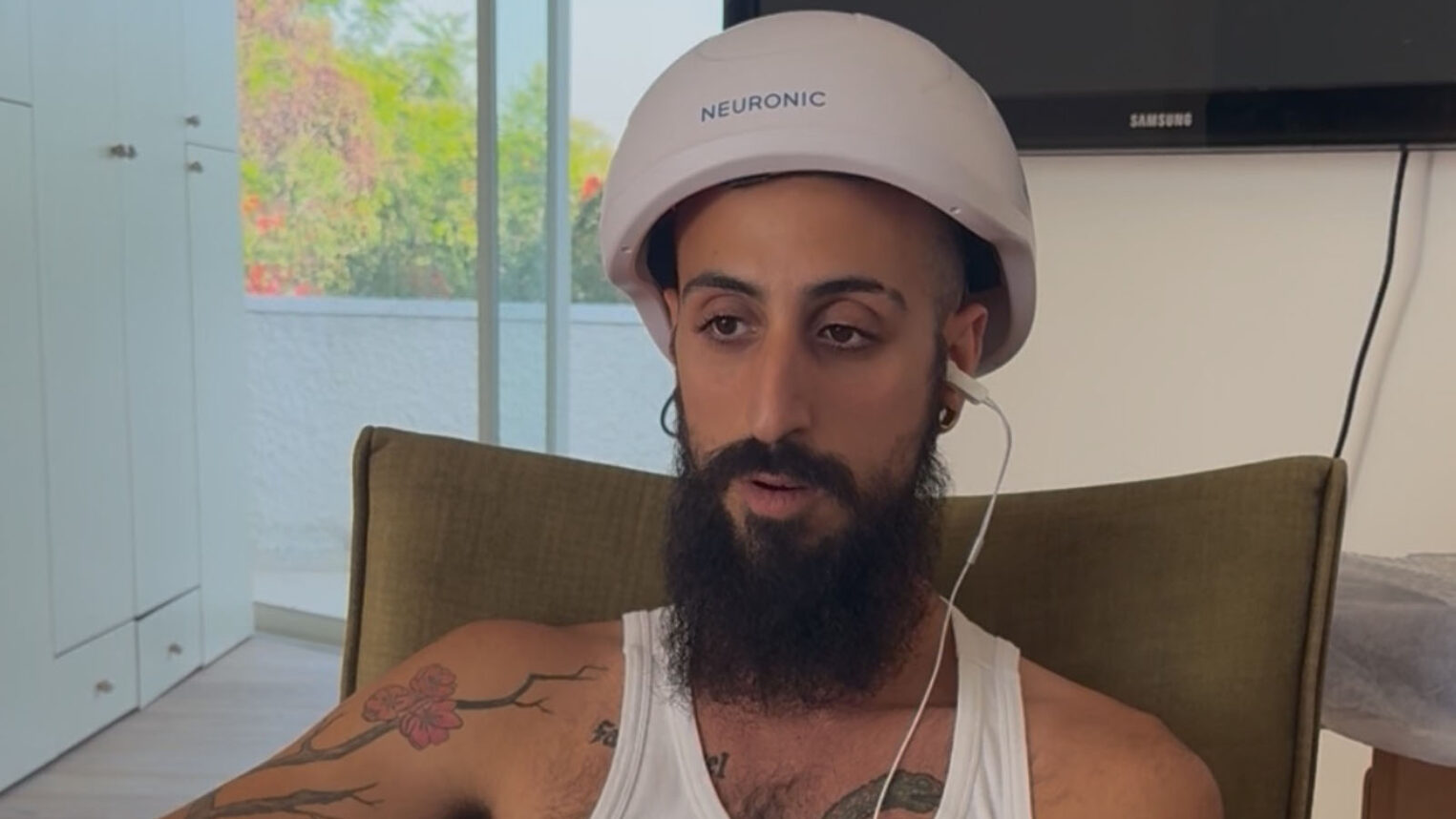
Minor spoilers ahead.
In the most recent Superman movie, there’s a key moment when Clark Kent (aka the titular hero) finds out something that shakes his sense of sense to the core. He has taken on embodying hope as his life’s mission, driven by a somewhat garbled video from his parents, recorded shortly before their planet was destroyed. Without getting into the intricacies of the plot, the rest of the transmission is later shown in full, revealing that he was actually sent here to dominate humanity. This not only upends Superman‘s public image, but shatters his personal identity. What happens when your place in the world is turned upside down? How would you respond? What would help you rebuild?
After seeing the movie a few weeks ago, I’ve found these questions to be resonant. Over these past few years, cascading events have left me wondering about the world and my place in it, in our city, our country and in Israel. Writ large, these are not the expectations I grew up with at the “end of history” in a heavily Jewish suburb of Chicago. Many of those expectations, which framed a narrative of how the world works, seem to be called into question more and more each day: what’s the future of the Jews in America? What’s the future of the Jewish state? What does the future of our city, our country, our world look like? This is not the same thing as discovering disturbing long-hidden wishes my parents actually had for me, but as someone whose Jewish identity and American identity are core to his sense of self, it raises some real challenges.
The theologian Neil Gillman wrote extensively about the role that myth plays in our lives. Myth is not merely a set of fictional stories, but rather narratives through which we craft meaning in the world. When we are confronted with a crisis, we have a choice: we can hold onto the narrative we’ve been telling ourselves about how the world works, or we can take on the difficult and sometimes painful task of taking many of the same facts and crafting them to tell a different story. Gillman places this task in the context of midrash, the rabbinic reinterpretation and sometimes extensive reconfiguration of certain verses and narratives from our tradition. He describes this as the plasticity of myth, taking the facts that we have in front of us and working to reshape the stories that we’ve told ourselves to create new meaning.
Superman provides a model for this, not only because the character is successful in doing so by the end of the film. Superman is a modern myth, one that has evolved over time. A quick survey of different comic book runs or movie posters shows how the same hero, the same myth, can evolve over a few short decades. Much has been written about what a Jewish hero Superman is, from the fact that his creators were Jews to his Moses-like origin story, but perhaps what makes him most Jewish is the fact that he has a core narrative that still shifts and evolves to meet the needs of the moment.
As Jews, we too have evolved over time, a paradigmatic example of how the plasticity of myth can make it possible for a people to last for centuries against all odds. From wandering through the ancient Near East to a temple-based, ritually-focused tribe, to a text-based civilization, to a diasporic people across countries and continents, our self-understanding has evolved, but we still remain. Through the 20th and into the 21st century, we’ve grappled with yet another new set of circumstances, for good and for ill, but we know perhaps better than any other people how through the plasticity of myth we can move forward, that reshaping our narrative is possible, as both a group and as individuals.
I don’t know what that narrative will be, for us or for myself. But I trust that we’ll get there, that we’ll find a way to hold onto what is essential, then take it and mold it to fit the moment in which we find ourselves. Finding a way to take our core narratives and reshape them to craft meaning and purpose, otherwise known as fundamentally reshaping our sense of reality? Sure sounds like a superpower to me.
Rabbi Matt Shapiro is Temple Beth Am’s Director of Youth Learning and Engagement.

